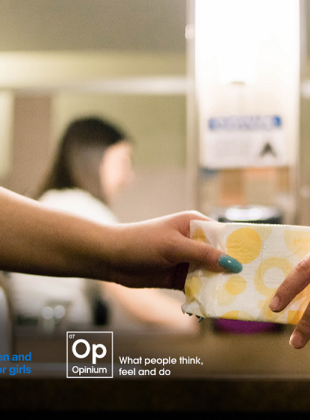How Kellogg’s uses social to develop its brand offering

We launched The Most Connected Brands Index in 2018 to help businesses and brands understand how they are connecting with consumers and provide them with ways to improve. Joseph Harper, UK & Ireland Social Lead at Kellogg’s,†helped contribute to the report:
I think the main thing to pull out in terms of our approach to social media is that it?s very much a tool to host conversations on vs a one-way dialogue with consumers. More and more often we are spending considerable time and resource in evaluating the feedback and the sentiment that we get from consumers in response to campaigns, but also proactively regarding our products. For example, conversations which relate to the production of our food, the sustainability of our practises, our ingredients and then subsequently the major talking point around many FMCG companies who deal with food is around nutrition as well.
Social is often demonised as it is very hard to regulate, very hard to control and brands have massive exposure to risk. But I think you can flip this very easily and remember that this is the perfect platform to host those two-way conversations and actually bring a real human, reactive response technique and strategy to how you actually deal with these complaints and how you educate people effectively around the key benefits of our food. Especially if there are any misconceptions about the way we market, create, develop our ingredients then social is the perfect platform to help bust any myths essentially.
We might want to try and drive behaviour changes by facilitating a conversation on cornflakes regarding their versatility – there are so many ways you can actually eat the food and open that up for interpretation and engagement. If you can drive positive engagement around the features of your product then that’s a fantastic way to market and to really bring people into the conversations and the stories that you’re building for your brands.
Social media has opened up a new channel for a type of communication, a type of messaging that brands receive from consumers. In the past, consumers would email or call when they had a problem with a brand. Nowadays, social media provides a platform for consumers to share more off the cuff sentiments – musings relating to their day to day routines and the products which feature within their lives. These raw and reactive opinions provide great insight for brands, particularly when they form a trend with those of multiple other social users over a period time.
An example of this in action is an early learning that we took from Social Listening when I first joined the business was regarding Pringles and flavour. Twitter users would regularly contact us direct (or just Tweet freely on their channels) asking for us to bring back now-redundant flavours from years gone by. There was one particular flavour that proved immensely popular Salt & Pepper, which had been an exclusive release 12 months previously. This is a hugely useful and natural resource for us to draw insight from, which can help shape our innovation pipeline. We similarly ran a limited edition re-release of Pringles Snack Pots which were a late 90s gift with purchase on the back of a large volume of social requests from nostalgic consumers who remembered them from their childhood. Our campaign launch for this exclusive specifically called out the social noise which had to the decision ‘You spoke, and we listened!’
Joseph Harper, UK & Ireland Social Lead, Kellogg’s




